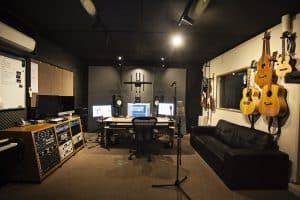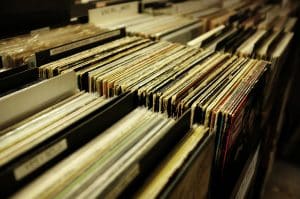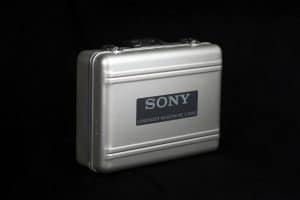A Beginner’s Guide to Recording Studio Equipment
When it comes to recording your own music or doing a voice-over, you have to think about the equipment you need. Before you actually hit the stores to check out the line of equipment, it is important you do some research and preparation, including creating a budget to ensure you don’t spend through the roof. If you are unable to determine what equipment is required and what their functions are, you can take a look at this brief beginner’s guide to recording studio equipment.
The Computer
Of course, recording your own music means you will need to go digital. And to use digital audio, you will need a recording studio computer with some good specifications and hardware. So, get the best you can afford.
The DAW and Audio Interface
To mix, edit and record music, you will require a digital audio workstation. A DAW is basically a virtual version of the analogue mixing and editing boards from the pre-virtual era. To get the music in and out of your recording studio computer, you will need an audio interface. Find an interface that offers features such as monitor management, headphone outputs, digital conversion, DI boxes, and MIC preamps.
Microphone and Headphones
Of course, you can’t start recording anything without a good microphone. Usually, for music and voiceovers, condenser and dynamic microphones are the best. To give you a better understanding about the voice tones during the recording, you will require good headphones as well.
The Studio Monitors and Cables
If you haven’t heard of recording studio monitors before, you may actually recognize them as ‘Speakers’. However, in the recording studio jargon, they are known as studio monitors. And without monitor speakers perhaps, there will be no studio. For starters, you will only require 3 types of cables. One XLR cable for the microphone and two more for your studio monitors.
Bass Traps and Acoustic Panels
For a recording studio to have good quality sound there has to be good reverb. And this is where your acoustic panels will come into play which will provide your music ‘digital reverb’. Of course, where there are acoustic panels you will require bass traps as well. Bass traps absorb high-energy bass frequencies.
DAW Remote and Control Surface
Recording music or a voiceover by yourself is a tough job. To ease the process you will require a DAW remote which allows you to control your DAW from anywhere in your studio. Next, for a few extra recording options, you will need a control surface.
Software Plug-ins
Of course, without good software you will not be able to produce good music. It is advised to buy or look for a plug-in pack to provide you all the software you need to start recording.
Other Equipment
Other essential equipment include a UPS, monitor isolation pads, studio monitor stands, snake cables, direct boxes, MIDI controller, a Rack case, a power conditioner, a microphone pre-amp, and a headphone pre-amp.
So, now that you are familiar with the equipment above, recording your own music or voiceover won’t be a problem.




